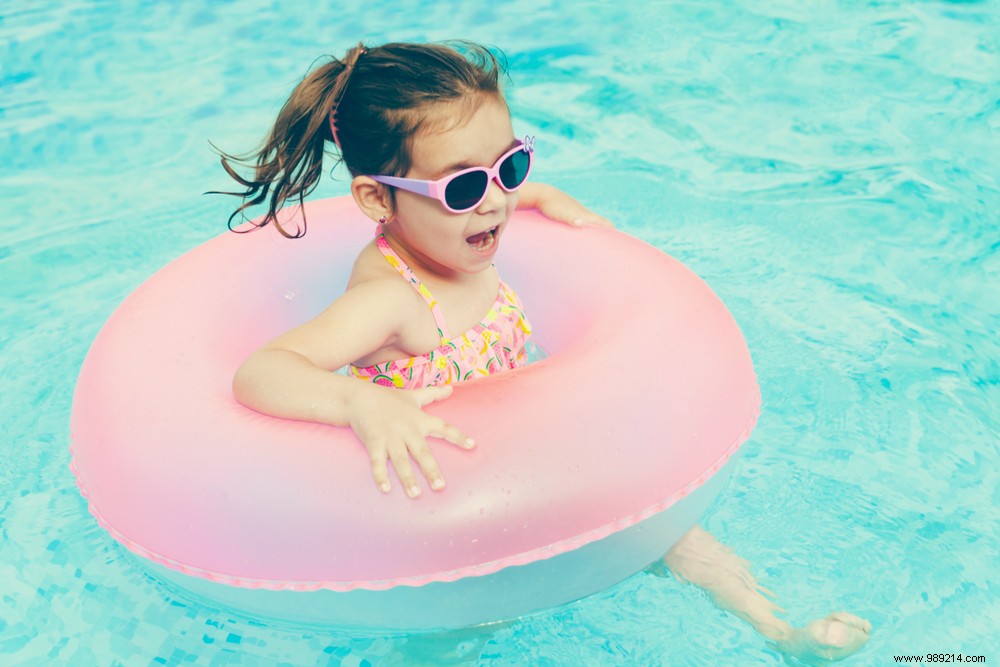
Precautions to take to protect your children
The holidays are approaching and your children are looking forward to days by the pool. As soon as there's one around, the little ones just want to dive in. However, having a swimming pool at home is not without danger, especially with young children who do not yet know how to swim. So how do you avoid the risk of drowning?
Drowning, a danger to be taken seriously without worrying
Drowning in a private pool is the leading cause of death among 5-year-olds. Indeed, as soon as our cherubim begin to walk, they explore every corner of the house and garden, and are particularly interested in water. Quite a problem, especially if they don't know how to swim yet... So a moment of inattention on the part of the parents and an accident can quickly happen. Be careful, the goal is not to barricade the doors as soon as you see the shadow of a swimming pool. Your vigilance must not turn into anguish. It is a question of taking maximum precautions to avoid the risk of drowning.
The risk of drowning in children in a few figures 80% of drowning accidents occur in private swimming pools.
The age group of the most vulnerable children is between 1 and 5 years old. A baby can drown in 20 centimeters of water. Drowning kills 500 children a year.
What protection for private pools?
Since 1 st January 2004, all private swimming pools must be equipped with a regulated protection device. Pool owners should therefore choose from these facilities:
Precautions to take to avoid the risk of drowning
If the mandatory facilities are effective and limit the risk of drowning, they must be supplemented by additional safety precautions. Here are some tips to avoid the danger:
How to react in case of drowning? Get the victim out of the pool as soon as possible.
Check her breathing and cover her to dry and warm her. If the victim is breathing, place them on their side with their head and mouth open towards the ground. Immediately contact the emergency services on 15 for the SAMU, 18 for the fire brigade, or 112. If she is no longer breathing, start a cardiac massage while waiting for the arrival of help.
Family swimming remains a real moment of pleasure for children and parents. As soon as swimming time is over, remember to take all the necessary precautions (cover the pool, close the gate, remove the floating toys in the pool, put the alarm back on, etc.), in order to limit the child drowning risks.